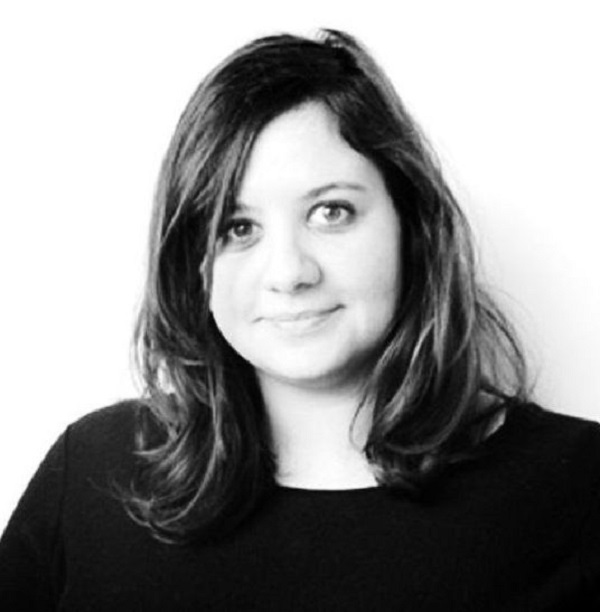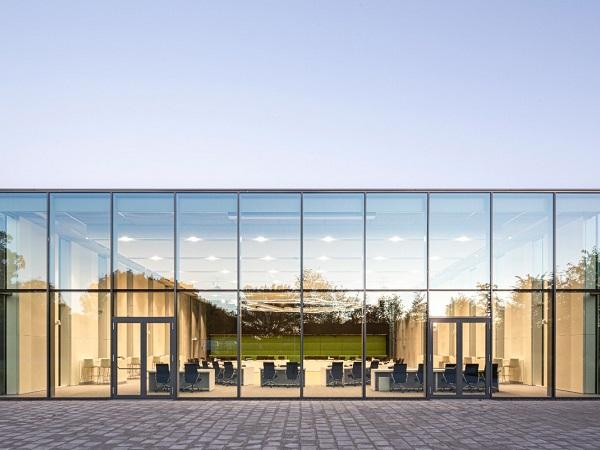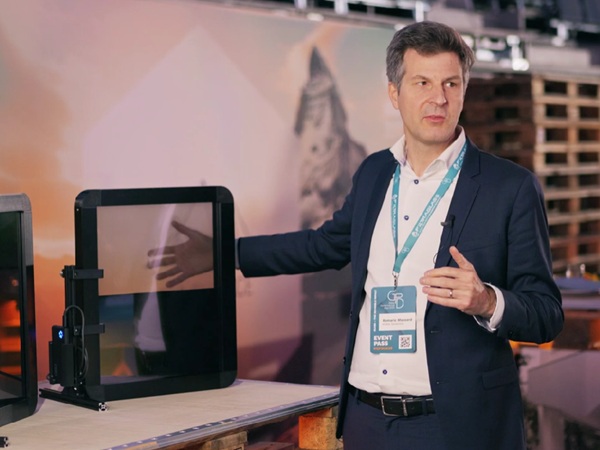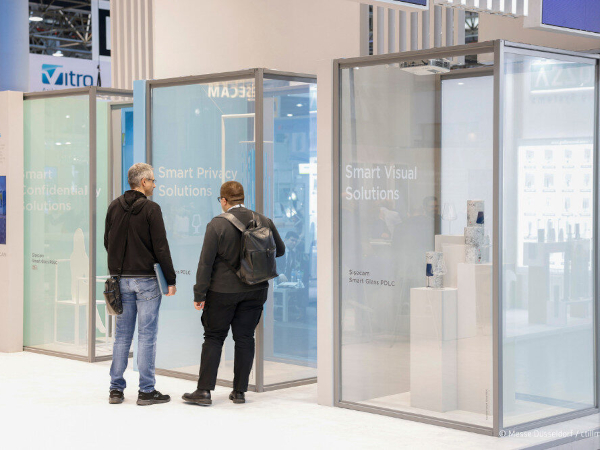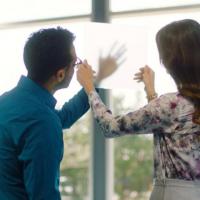Glass has been a beloved material in architecture for nearly two centuries. But just because a material is transparent, it does not mean it’s simple. The properties of glass are constantly changing in order to adapt to new architectural needs and the evolution of building standards and regulations. What are its properties today, what can we expect of glass in the future and how will it be used? As a technical advisor at Guardian Glass, Émilie Develle gives a detailed review of the contemporary characteristics of a material that is used everywhere, yet often poorly understood.
Q - Glass is omnipresent in architecture. How do architects view this material?
One could begin by saying they have a transparent vision: as they are developing their vision, glass is just a simple ‘blank square’, empty on the drawing of a façade. That's how glass is represented in the conception of a façade, of a building...but the reality is very different.
As a project becomes more detailed, notions of reflection, colour and performance of the glass come into the design and the ‘blank square’ takes shape. That's why it’s important to consider glass as an independent material but integral to the whole project.
Q - What surprises the architects?
Most often its colour, the light green due to the iron oxides contained in the material. This colour is appearing more often as labels and regulations demand increasingly high levels of energy performance while wanting to keep the original architectural idea, which often requires large volumes of very transparent glass – or low-iron glass. And speaking of large dimensions, this requires thicker glass, which makes the green consequently more noticeable from an aesthetic point of view. After all, the laws of physics do not allow for glass products that are invisible and efficient at the same time! However, at Guardian Glass, we offer solutions that give glass a very clean look, allowing it to be as transparent as possible.
Q - We thus find ourselves facing a contradictory requirement: more light, less heat. How can we solve this paradox?
Glass manufacturers have been developing glass types with spectrally selective coatings for years. These create a compromise between light (light transmission), the energy which enters the building (solar factor) and good thermal insulation (heat transfer coefficient). The solar factor and the heat transfer coefficient hereby decrease.
Q - Selectivity is a fundamental characteristic of contemporary glass. Could you explain its role in achieving energy performance?
Selectivity represents the ratio between light transmission and solar factor. The lower it gets, the worse it is. In the 1970s, it was allowed to be lower than 1. Fortunately, coated glass has improved. From a simple silver coating that improves the selectivity of a coated glass, we now have glass types with a triple silver coating that allow their selectivity to reach 2 and higher. Let's take Guardian SunGuard® SNX 60 as an example: as a standard double-glazed glass, it has a light transmission of 60% for a solar factor of 29% ; that is to say a selectivity of 2.06 - where a glass without coating would offer 82% light transmission and 78% solar factor (or in other words, a selectivity of 1,05).
Q - Can these products alone solve the problems of solar thermal input into glazed buildings?
Are complementary features necessary? The first question is one of regulation. In France for example, the thermal regulation RT 2012 still authorises energy consumption that the RT 2020 will no longer tolerate. The performance of the glass might be reinforced by solar protection, depending on the façade's orientation or environmental conditions. The selective coated glass (solar control + low emissivity) helps improve the energy efficiency of a building while offering optimal comfort all year long, regardless of temperature fluctuations. Glass helps to both lower heat loss in winter and the need for air conditioning in the hottest summer months. The interior space remains bright while maintaining a temperature that is more acceptable than if standard uncoated glass was used.
Q - Are you considering developing shadow glass types such as smart glass?
These products are intended for very specific applications and are expensive and complicated to produce. For now, they are not in our catalogue. We won't rule out adding these once an economical and simple technology has been developed, but for now, we are focusing on developing dynamic glass systems, with integrated shades, which are easier to manufacture and consume little energy for the building owner.
Q - How do you meet the requirements of architects who want to create a building based on aesthetics and performance?
How do they go from the ‘blank square’ to the actual product? Glass products tend to become streamlined with regard to their performance and sometimes even their aesthetic. At Guardian Glass, our clients' feedback is really important, which is why we are constantly working on our glass brand in order to meet their requirements, regarding the appearance of our products as well as their performance. Guardian Glass collaborates with industry partners to offer efficient glazing solutions, fully tested and approved for well-defined applications and as solutions to specific problems. Our goal is to manufacture products that don't just offer the best performance, but which are also the most attractive in the industry. Our solutions help architects implement their most inspired visions while providing flexibility, colour and functionality.
Q - What support do you offer during the development of a project?
We work directly with cladders and businesses, depending on the architect's expectations. They are generally looking for neutral glass. We do not just offer a product but rather provide solutions that meet the project's needs. We are working on combining several coatings to meet the desired performance. In a nutshell, we do studies for clients. We are not technical architecture consultants, but we do offer advice and guidance regarding our products and their applications.
Q - What is your direction in the development of new products?
We can see that the trend is towards glazing that is either slightly or fairly reflective, with a neutral grey or silvery appearance. We are always working to develop products that are as neutral as possible. Our more recent products have a subtle grey colour, which is quite popular among architects. We are working on achieving products that meet the required performance in the building industry today, while also providing an attractive aesthetic. For example, our new double-silver coated solar control glass with a grey, neutral appearance meets current architectural trends for glass façades and windows.
About the Expert – Émilie Develle
Émilie Develle is passionate about glass. She joined us in 2016 as a technical advisor and provides guidance to architects, clients and cladders on the application of our glass in their projects. A chemist by trade, she became acquainted with this unique material in all its possible forms during her studies and in her professional life. She worked in an office for technical studies that specialised in the building envelope and worked on the integration of flat glass into façades. Furthermore, Émilie works at the Superior Architecture School of Nancy where she teaches students in the second year of their master's studies in specialities Glass, Design and Architecture.
